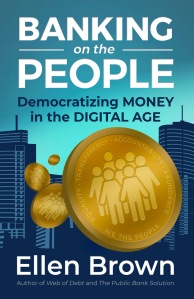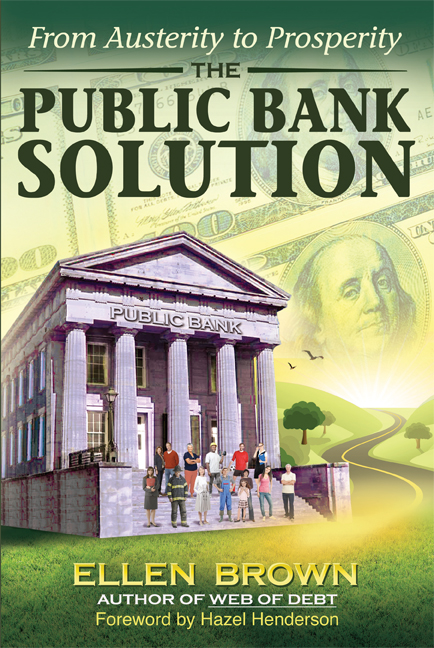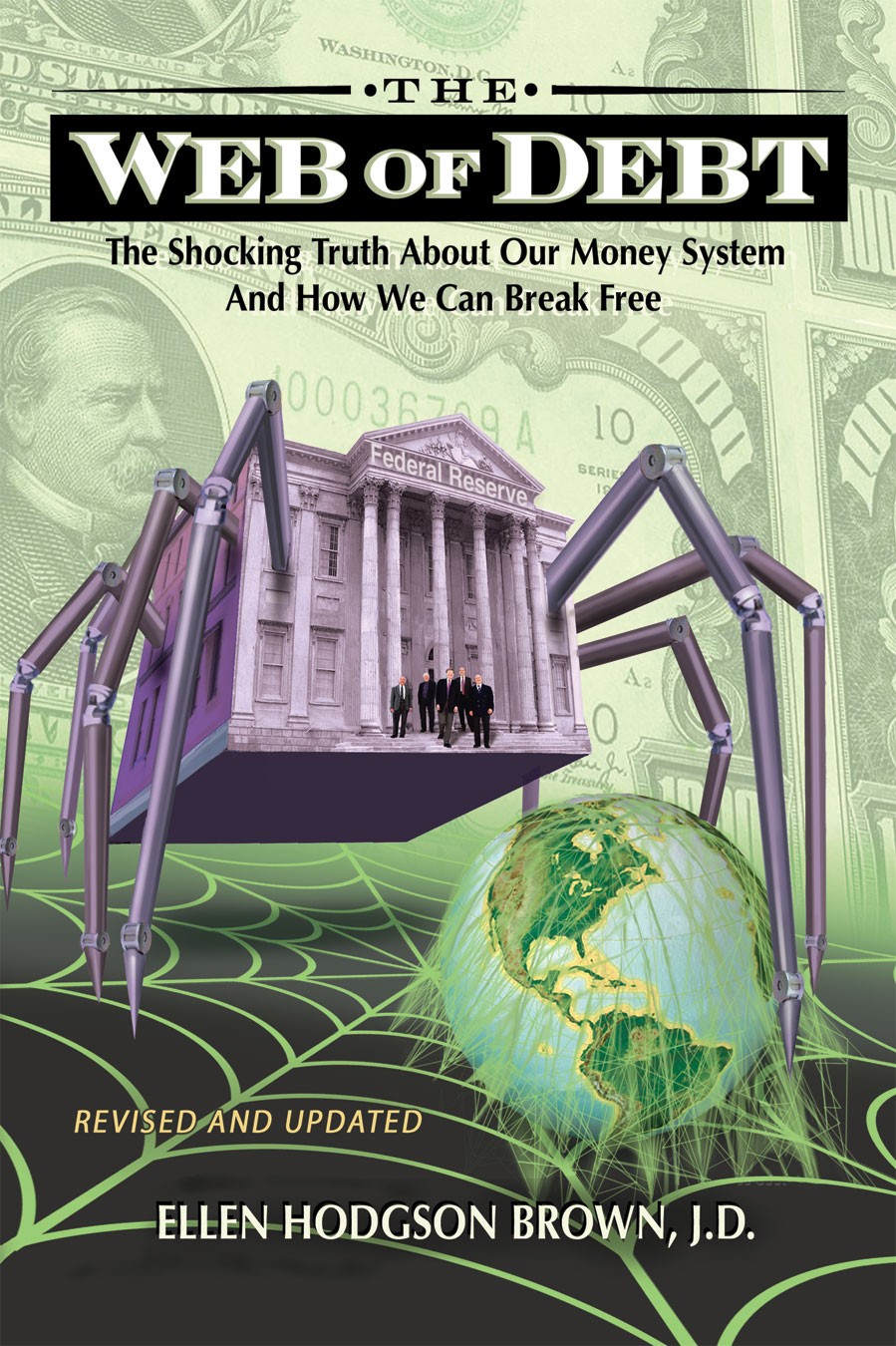In 2017, Phil Murphy, a former Goldman Sachs executive, made the establishment of a public, state-owned bank a centerpiece issue during his run for New Jersey governor. He regularly championed public banking in speeches, town halls and campaign commercials. He won the race, and the nation’s second state-owned bank following the stellar model of the Bank of North Dakota (BND) appeared to be in view.
Due to the priority of other economic-policy goals, the initiative was largely kept on the back burner until November 2019. Then, in an article titled “Murphy Takes First Key Step Toward Establishing a Public Bank,” the New Jersey Spotlight announced:
Gov. Phil Murphy is planning to sign an executive order Wednesday [Nov. 13] that will create a 14-member “implementation board” to advance his goal of establishing a public bank in New Jersey.
The basic premise of such an institution is to hold the millions of dollars in taxpayer deposits that are normally kept in commercial banks and leverage them instead to serve some sort of public purpose. … [Emphasis added.]
North Dakota currently is the only state that operates a public bank wholly backed by the deposit of government funds. [Emphasis added.] Founded a century ago to help insulate farmers from predatory out-of-state lenders, the Bank of North Dakota offers residents, businesses and students low-cost services like checking accounts and loans. It has also been used to advance projects that boost infrastructure and economic development, and has even produced revenue for the state budget’s general fund, according to the bank’s promotional materials, thanks to lending operations that regularly turn a profit.
Continue reading
Filed under: Ellen Brown Articles/Commentary | Tagged: Bank of North Dakota, public banking | 5 Comments »






Tackling California’s Budget Crisis: Raise Taxes, Cut Programs, or Form a Bank?
In 2022, the state of California celebrated a record budget surplus of $97.5 billion. Two years later, according to the Legislative Analyst’s Office, this surplus has plummeted to a record budget deficit of $73 billion. Balancing the budget will be challenging. Unlike the federal government, the state cannot just drive up debt and roll it over year after year. The California Balanced Budget Act, passed in 2004, requires the state legislature to pass a balanced budget every year.
The usual solutions are to cut programs or raise taxes, but both approaches are facing an uphill battle. Raising taxes would require a two-thirds vote of the legislature, which would be very challenging, and worthy public programs are in danger of getting axed, including homelessness prevention and funding for low-income housing.
A third possibility might be to increase the income tax base and state income by stimulating the economy with a state-owned depository bank. The state-owned Bank of North Dakota, which has raised record profits for its state, is a stellar example. In a review of states with the healthiest budgets based on data from the PEW Charitable Trusts, U.S. News & World Report puts North Dakota at No. 1 in Budget Balancing and #1 in Short-term Fiscal Stability.
California has an Infrastructure and Development Bank, which is already capitalized and has an established track record of prudent and productive lending, but it is not a depository bank and its reach is small. Transforming it into a depository bank would be fairly uncomplicated and could substantially increase its reach.
But first a look at what happened to the state’s copious revenues.
Continue reading →Filed under: Ellen Brown Articles/Commentary | Tagged: Bank of North Dakota, banking, economy, Ellen Brown, homelessness, public banking, UNEMPLOYMENT CRISIS | Leave a comment »